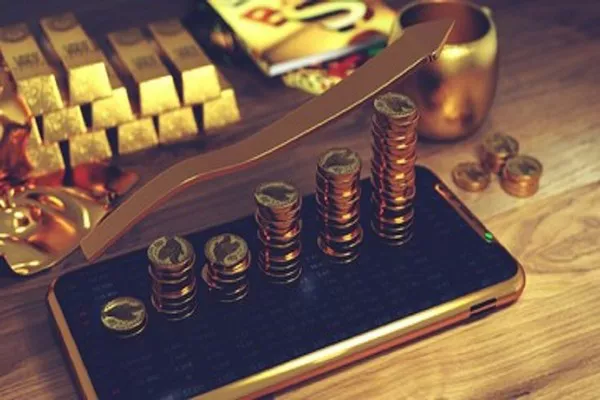Silver futures trading is a dynamic and widely utilized financial instrument in the commodities market. It allows investors and market participants to speculate on the future price movements of silver and manage risk effectively. In this article, we will explore the mechanics of silver futures trading, including its purpose, key players, contract specifications, and trading process.
Purpose of Silver Futures:
Silver futures contracts serve several purposes for market participants, including:
a. Price Discovery: Futures markets provide a transparent platform for discovering the future price of silver based on supply and demand dynamics, market sentiment, and economic factors.
b. Hedging: Producers, consumers, and investors in the silver industry can use futures contracts to hedge against price fluctuations. By locking in a future price, they can protect themselves from potential losses or secure future supplies at a predetermined cost.
c. Speculation: Traders and investors engage in silver futures to profit from anticipated price movements. They aim to buy contracts at a lower price and sell them at a higher price, capitalizing on market volatility.
Key Players in Silver Futures Trading:
Several key participants contribute to the functioning of the silver futures market:
a. Commodity Exchanges: Prominent exchanges such as the Chicago Mercantile Exchange (CME) and the New York Mercantile Exchange (NYMEX) provide the trading platform for silver futures contracts. These exchanges establish the contract specifications, facilitate trading, and ensure market integrity.
b. Market Participants: Participants in the silver futures market include hedgers, speculators, and arbitrageurs. Hedgers use futures contracts to protect against price risks, while speculators aim to profit from price fluctuations. Arbitrageurs seek to exploit price differentials across markets to make risk-free profits.
c. Clearing Houses: Clearing houses act as intermediaries between buyers and sellers in the futures market. They ensure the financial integrity of the market by guaranteeing the performance of futures contracts and mitigating counterparty risk.
Silver Futures Contract Specifications:
Silver futures contracts have specific terms and specifications that traders must understand before engaging in trading. These include:
a. Contract Size: Silver futures contracts typically represent 5,000 troy ounces of silver. Each contract represents a standardized quantity of the underlying asset.
b. Delivery Months: Futures contracts have designated delivery months, such as March, May, July, September, and December. Traders can choose contracts with different expiration months based on their trading objectives.
c. Tick Size and Value: Tick size refers to the minimum price increment at which silver futures prices can move. The tick value represents the monetary value of each tick movement. For example, a tick size of $0.005 and a tick value of $25 means that each tick movement changes the contract value by $25.
d. Margin Requirements: Margin refers to the initial deposit required to initiate a futures position. It serves as collateral and ensures the financial commitment of traders. Initial and maintenance margin levels are set by the exchange and vary based on market conditions.
Trading Process:
Silver futures trading involves a standardized process that allows market participants to buy or sell contracts. The typical steps include:
a. Account Setup: Traders must establish an account with a registered futures broker who is a member of the respective exchange. The account provides access to the futures trading platform.
b. Market Analysis: Traders analyze market conditions, consider technical and fundamental factors, and develop a trading strategy based on their assessment of silver price movements.
c. Placing Orders: Traders can place orders through their futures broker, specifying the desired contract, quantity, and price. They can enter market orders to execute immediately at the prevailing market price or limit orders to buy or sell at a specific price or better.
d. Execution and Position Management: Once an order is filled, traders have an open position in the market. They can monitor their positions, manage risk through stop-loss orders, and decide to close their positions by offsetting their futures contracts with opposite positions.
Conclusion:
Silver futures trading provides a mechanism for market participants to manage risk, speculate on price movements, and participate in the silver market without directly owning physical silver. Understanding the mechanics of silver futures, including contract specifications, market participants, and the trading process, is essential for investors and traders seeking to engage in this dynamic and influential segment of the commodities market.

